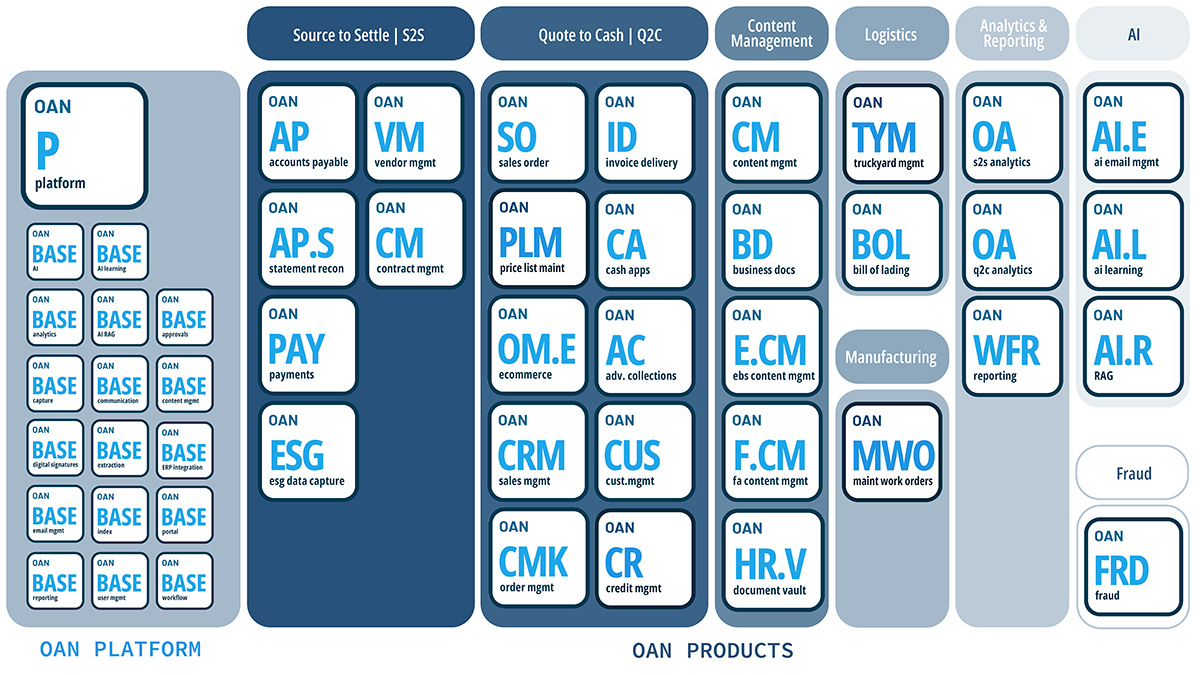Understanding Accounts Receivable (A/R) performance metrics is vital for businesses to maintain a healthy cash flow. These metrics help track the efficiency of a company’s collections process, ensuring that payments are received on time. Effective management of A/R metrics can significantly improve a company’s financial stability and operational efficiency.
A deep dive into these metrics not only highlights potential issues but also uncovers opportunities for improvement. This knowledge is crucial for businesses aiming to optimize their cash flow and reduce financial risks. Let’s explore some key A/R performance metrics that can drive success.
Days Sales Outstanding (DSO)
Days Sales Outstanding (DSO) is a critical metric that measures the average number of days it takes for a company to collect payment after a sale. A lower DSO indicates efficient collections and better cash flow, which is essential for the smooth operation of the business.
However, a higher DSO can be a red flag, signaling potential delays in payment collection. This might suggest issues with the credit terms offered or inefficiencies in the collections process. Regularly monitoring DSO helps businesses identify trends and take proactive measures to keep the cash flow steady.
Average Days Delinquent (ADD)
Average Days Delinquent (ADD) is another important metric that measures the average number of days payments are overdue. ADD gives businesses insight into how long it takes customers to pay beyond the agreed terms on average. A high ADD may indicate customer creditworthiness issues or the effectiveness of the collections process.
By analyzing ADD, businesses can identify patterns and take corrective actions, such as revising credit policies or enhancing follow-up procedures. Keeping ADD low is essential for maintaining a healthy cash flow and reducing the risk of bad debts.
Collection Effectiveness Index (CEI)
The Collection Effectiveness Index (CEI) is a metric that measures the effectiveness of the collection process over a specific period. It compares the amount collected to the total amount due and is expressed as a percentage. A CEI close to 100% indicates a highly effective collections process.
A lower CEI suggests that collections process issues must be addressed. This could involve reevaluating credit policies, improving customer communication, or optimizing internal processes. Monitoring CEI helps businesses ensure that their collections efforts are aligned with their cash flow needs.
Bad Debt to Sales Ratio
The bad Debt-to-Sales Ratio compares the amount of bad debt to total sales. It provides insight into the percentage of sales that are unlikely to be collected. A high ratio indicates that the company may be taking on too much credit risk, which can negatively impact profitability.
Reducing the bad Debt-to-Sales Ratio involves tightening credit policies, improving the accuracy of credit assessments, and enhancing the collections process. By keeping this ratio low, businesses can protect their bottom line and ensure that their sales translate into actual revenue.
Accounts Receivable Turnover Ratio
The Accounts Receivable Turnover Ratio measures how often a company collects its average accounts receivable during a specific period, typically a year. A higher turnover ratio indicates that the company collects its receivables more frequently, which is a positive sign for cash flow.
A lower turnover ratio might suggest that customers are taking longer to pay, which could be a concern. Monitoring this ratio helps businesses assess the efficiency of their credit policies and collections processes, ensuring that they are not extending credit to customers who are slow to pay.
Percent of Current A/R
The Percent of Current A/R is a metric that measures the proportion of accounts receivable that is current, meaning not past due. A higher percentage indicates that most customers are paying on time, which is a positive sign for cash flow and overall financial health.
If the percentage of current A/R starts to decline, it could signal potential issues with customer payment behavior or the effectiveness of the collections process. Regularly monitoring this metric helps businesses stay on top of their receivables and take action to maintain a high percentage of current A/R.
Average Days to Pay
Average Days to Pay measures the average number of days it takes for customers to pay their invoices. This metric provides insight into customer payment behavior and can help businesses identify trends or potential issues with specific customers or segments.
A higher Average of Days to Pay might indicate that customers are taking longer to settle their invoices, which can strain cash flow. Businesses can use this information to refine their credit policies, adjust payment terms, or implement more effective collections strategies.
Aging Schedule Analysis
Aging Schedule Analysis is a detailed report that categorizes accounts receivable based on the length of time they have been outstanding. This analysis helps businesses identify which invoices are overdue and how long they have been unpaid. It’s a crucial tool for managing collections and prioritizing efforts.
By regularly reviewing the aging schedule, businesses can take proactive steps to follow up on overdue accounts, renegotiate payment terms, or escalate collections efforts if necessary. This analysis is essential for maintaining control over receivables and ensuring timely payments.
Credit Risk Assessment
Credit Risk Assessment evaluates the likelihood that a customer will default on their payment obligations. This metric involves analyzing a customer’s credit history, financial stability, and payment behavior. A thorough credit risk assessment helps businesses make informed decisions about extending credit.
By incorporating credit risk assessment into their A/R management processes, businesses can minimize the risk of bad debts and ensure that they are extending credit to customers who are likely to pay on time. This proactive approach helps protect cash flow and financial stability.
Conclusion
Understanding and monitoring A/R performance metrics is essential for maintaining a healthy cash flow and ensuring a business’s financial stability. By regularly tracking these metrics, businesses can identify potential issues, optimize their collections processes, and make informed decisions about extending credit. These efforts ultimately contribute to the organization’s overall success and sustainability.

